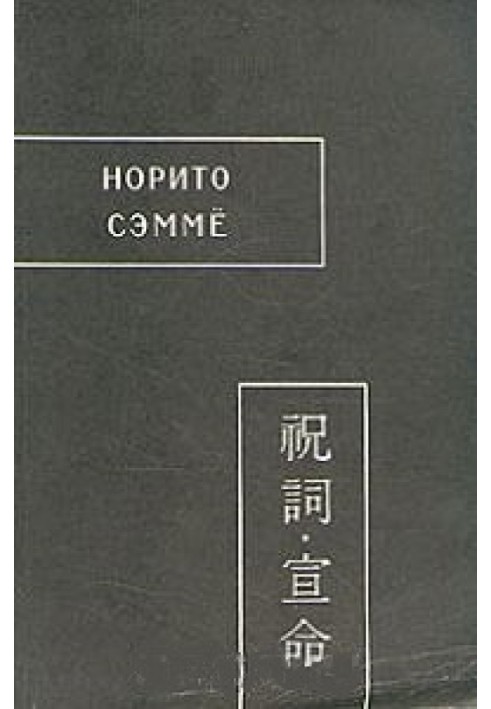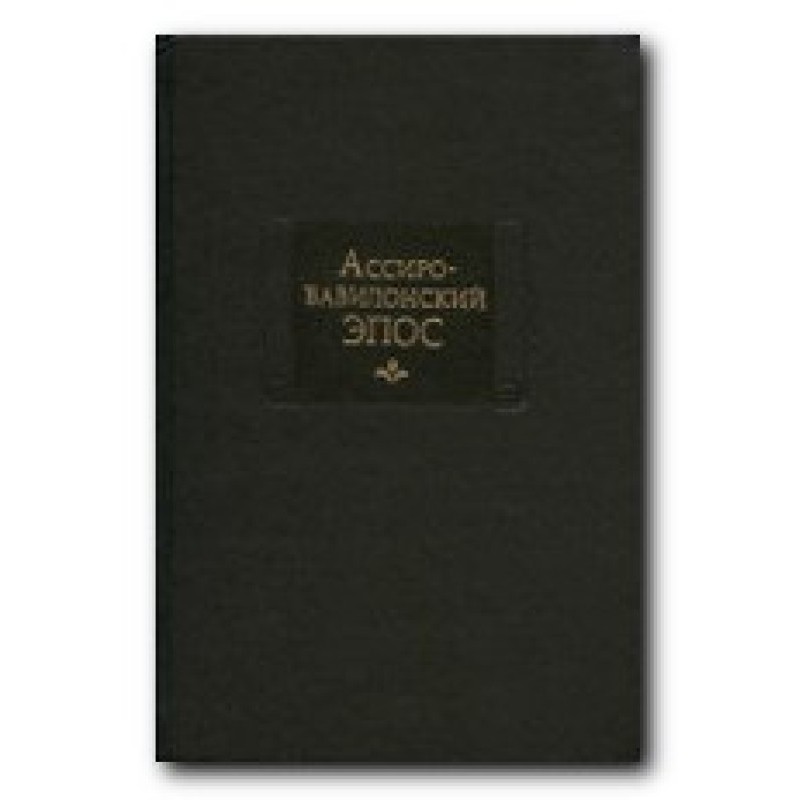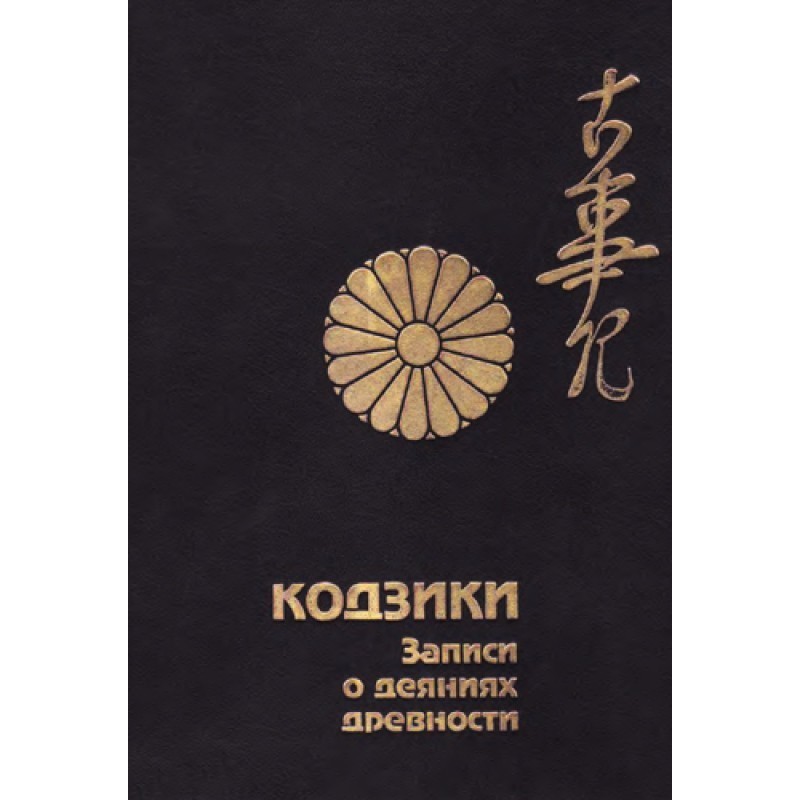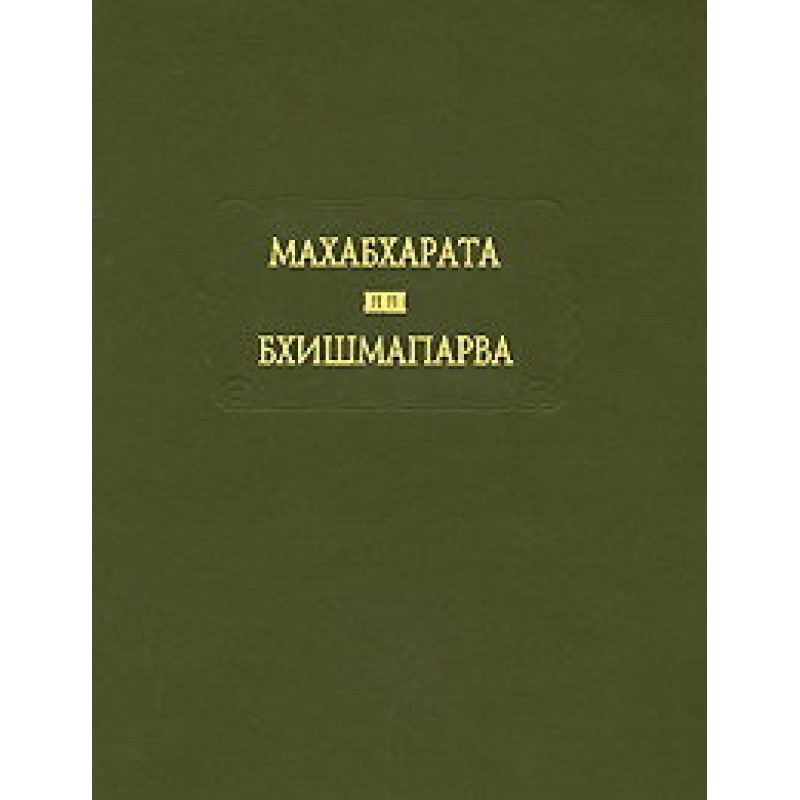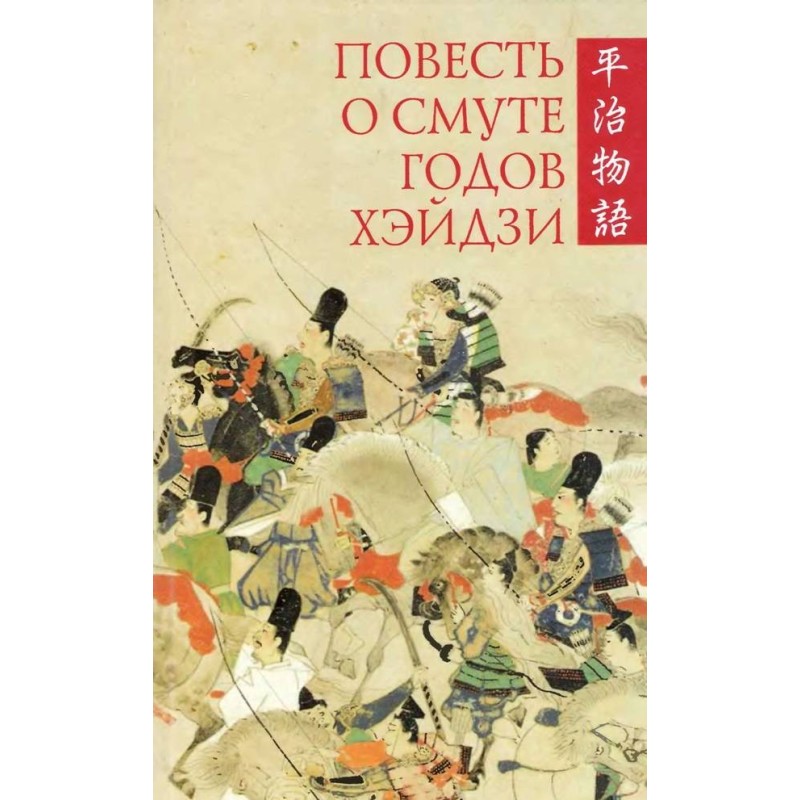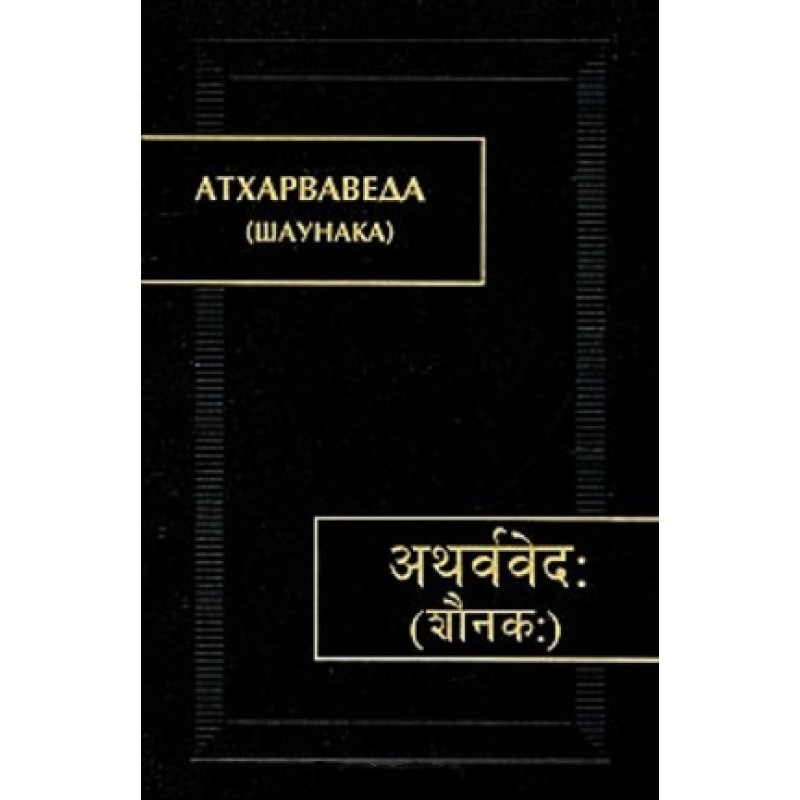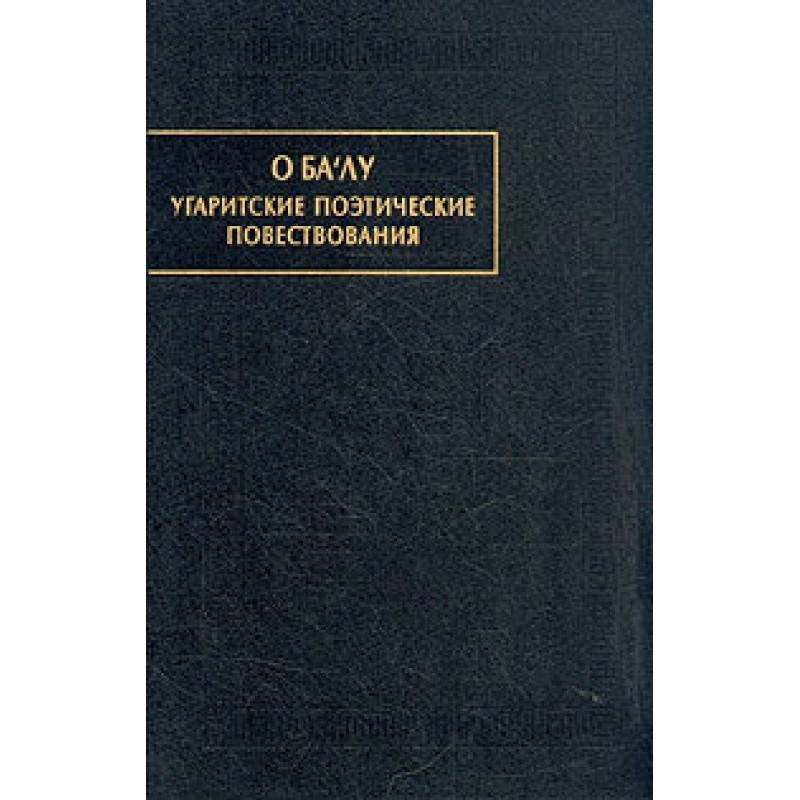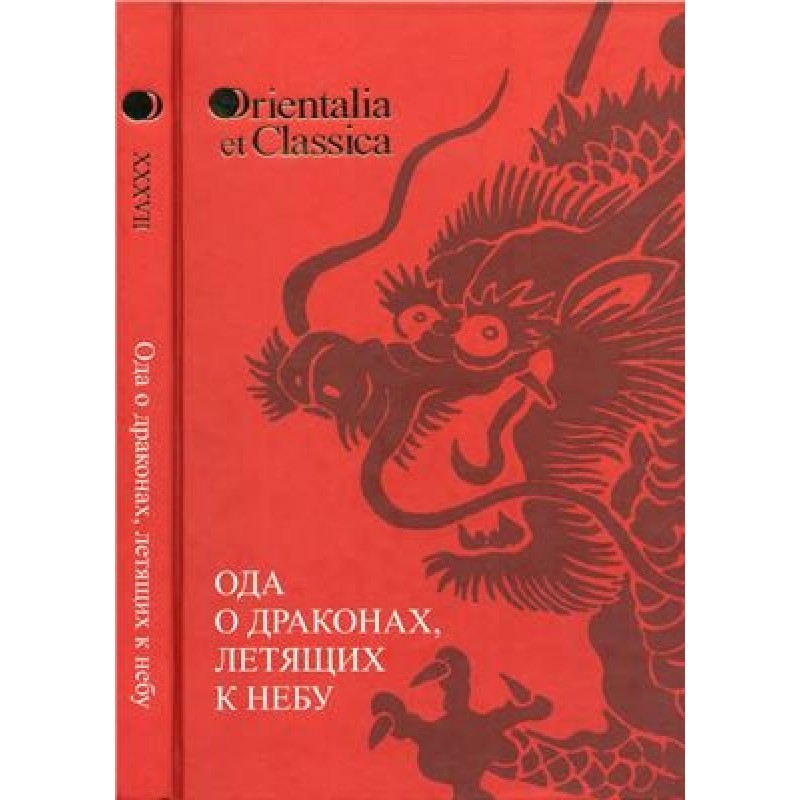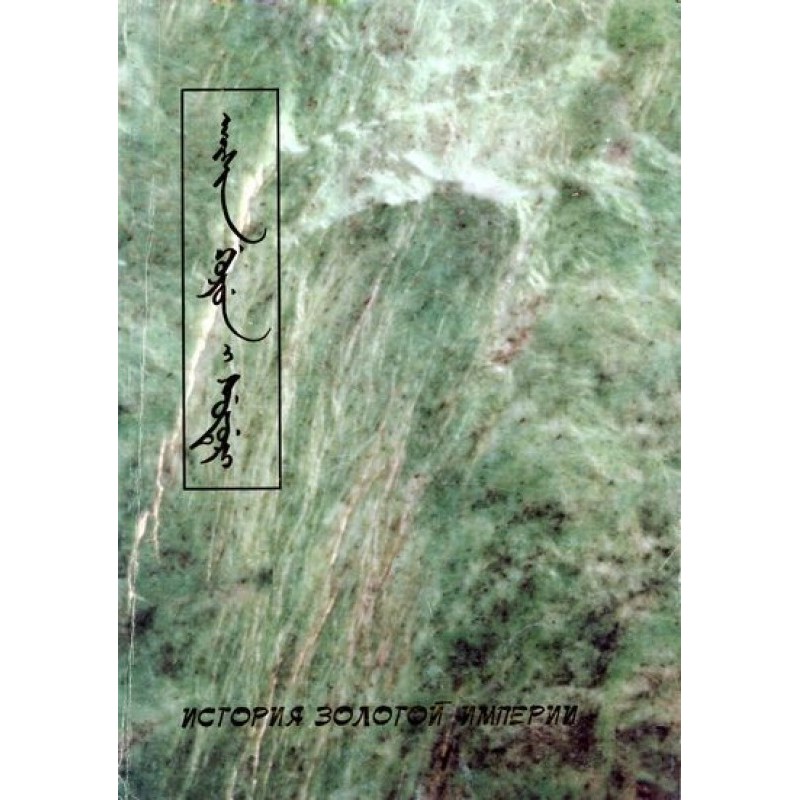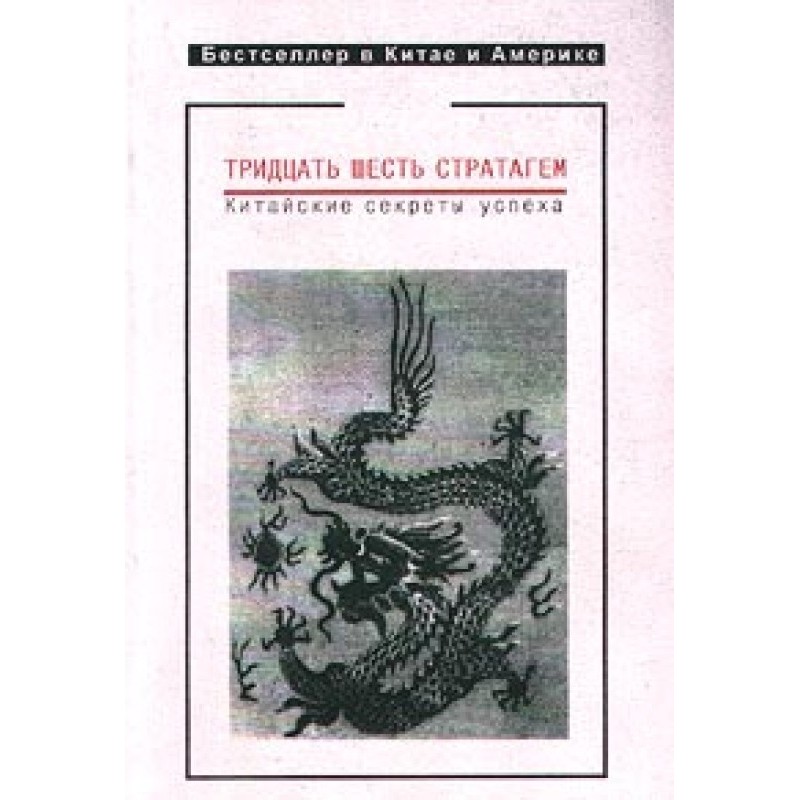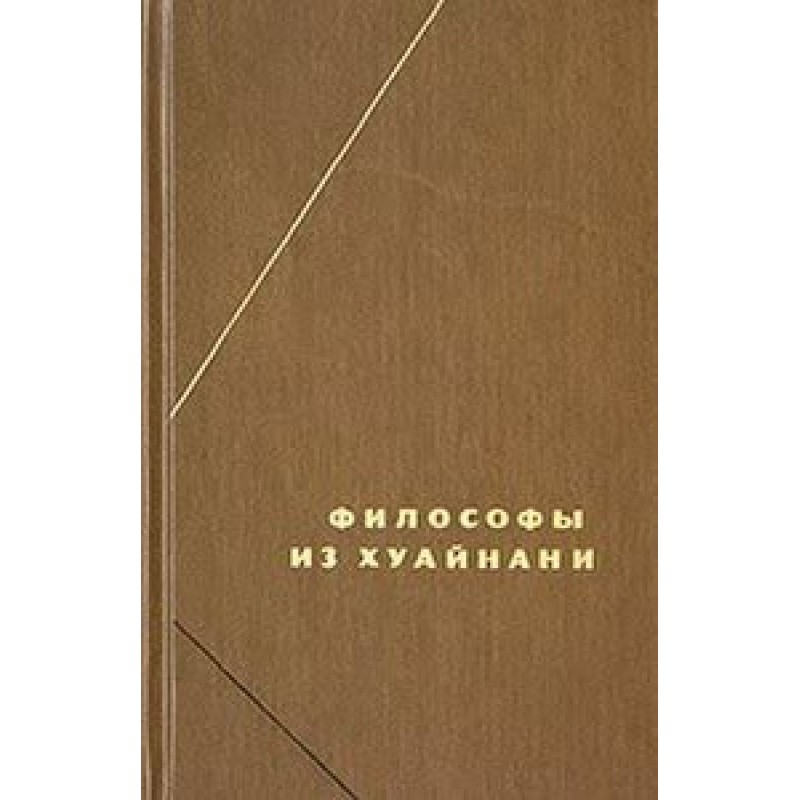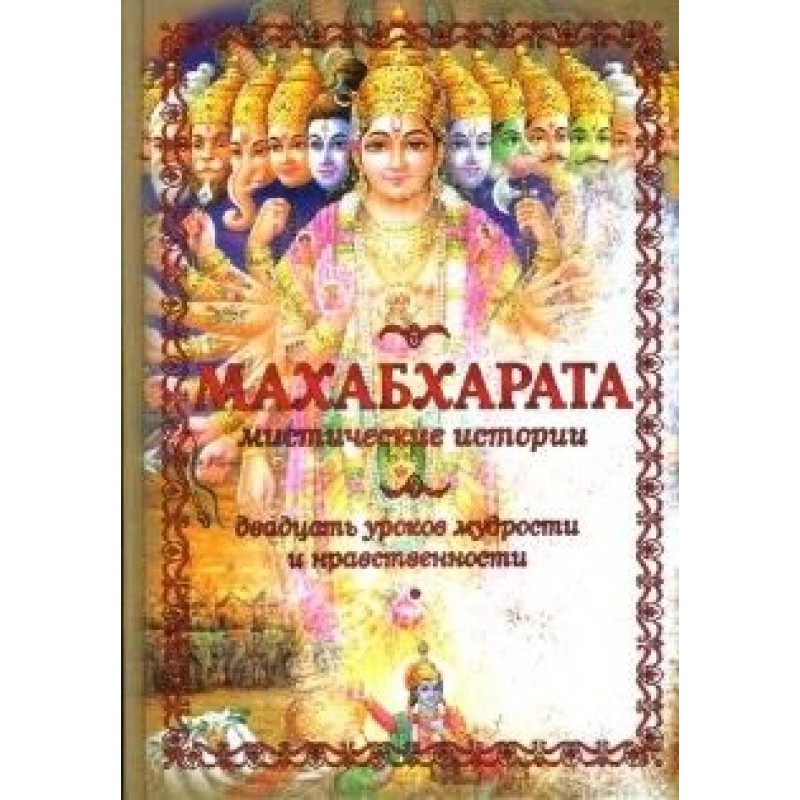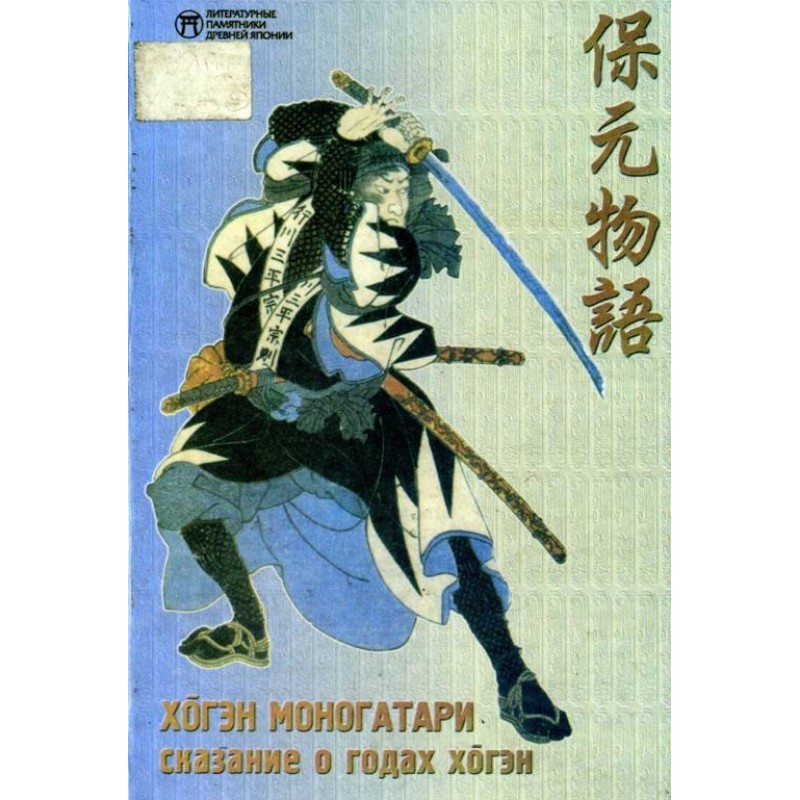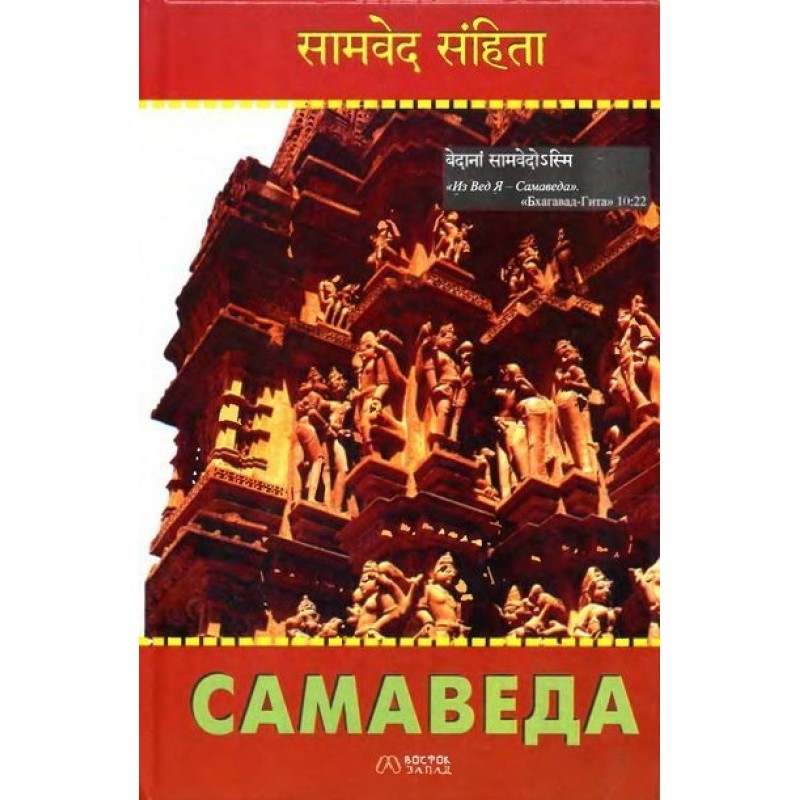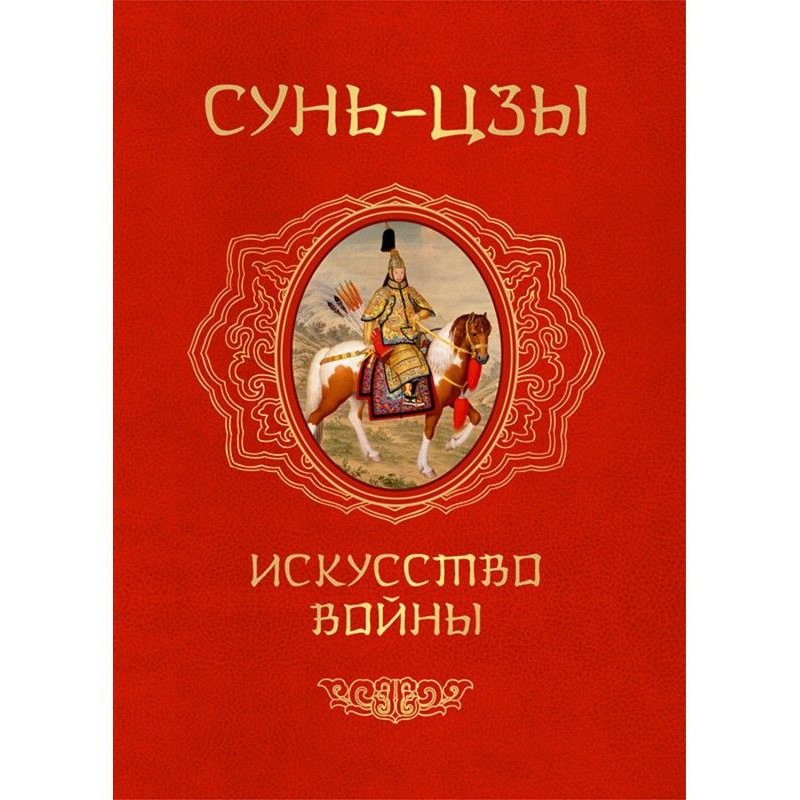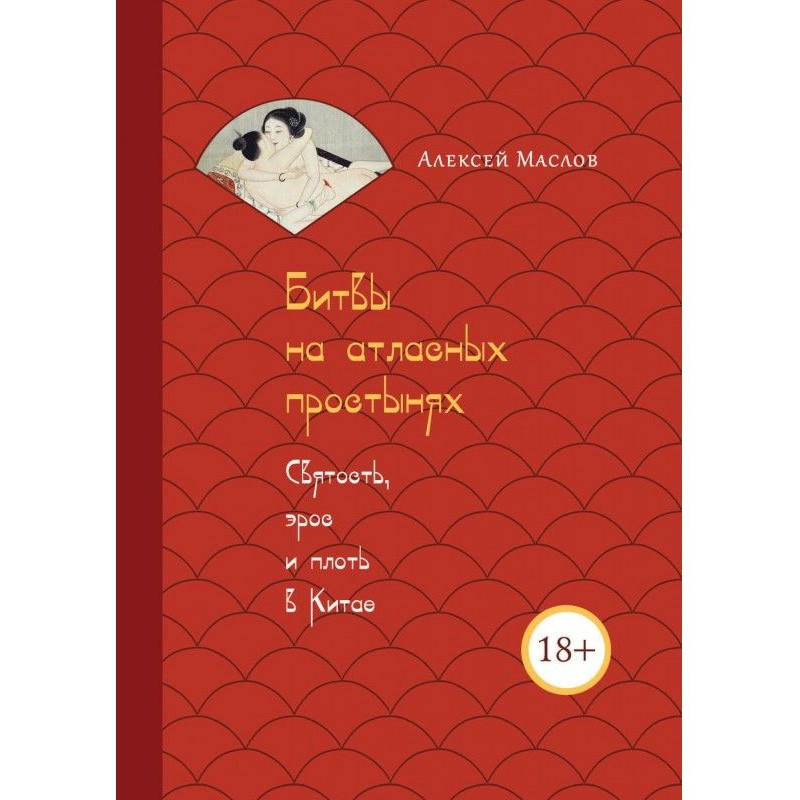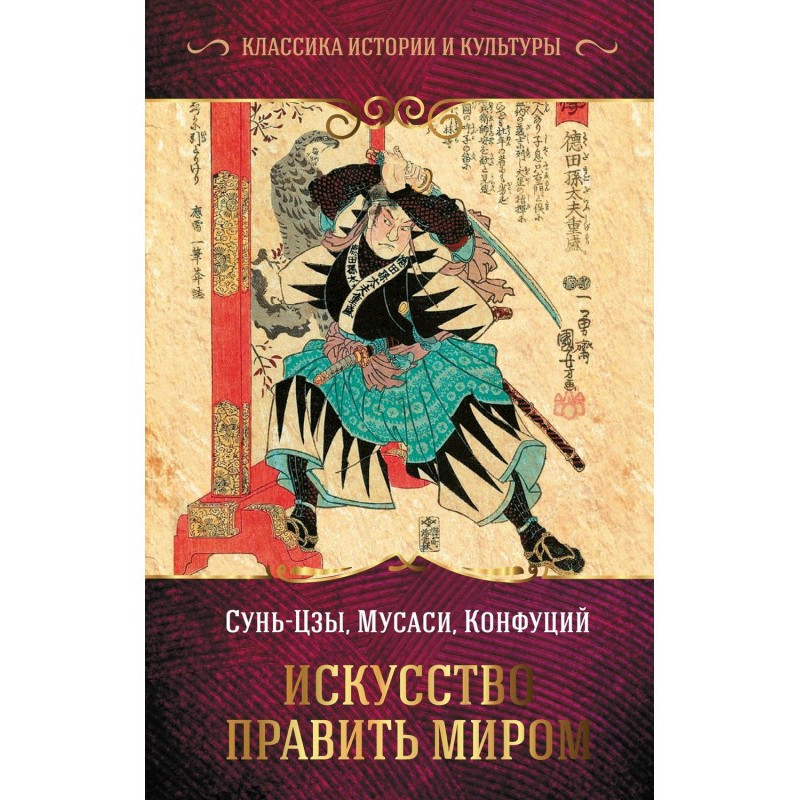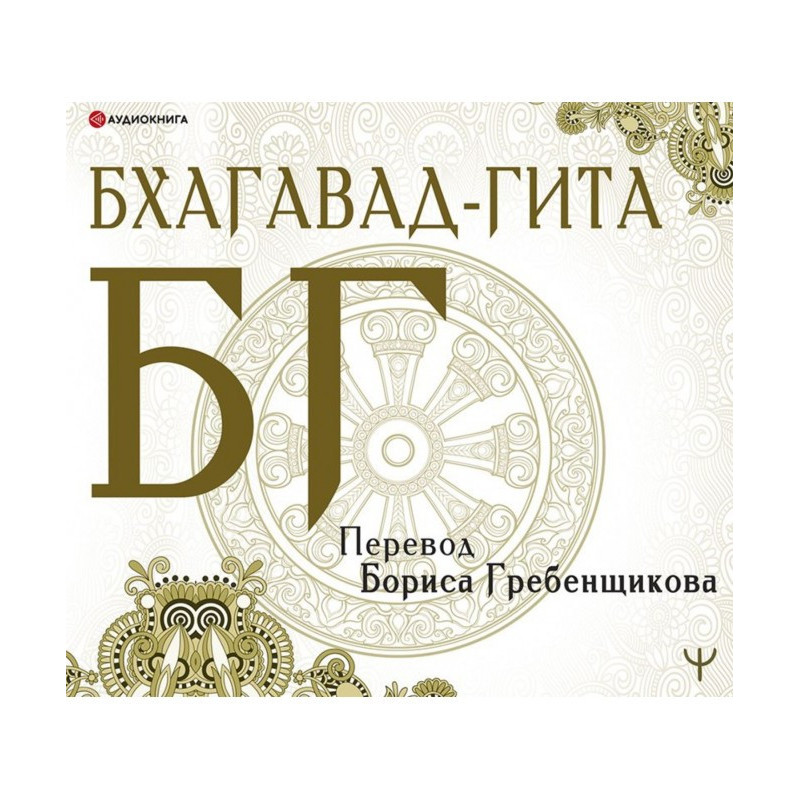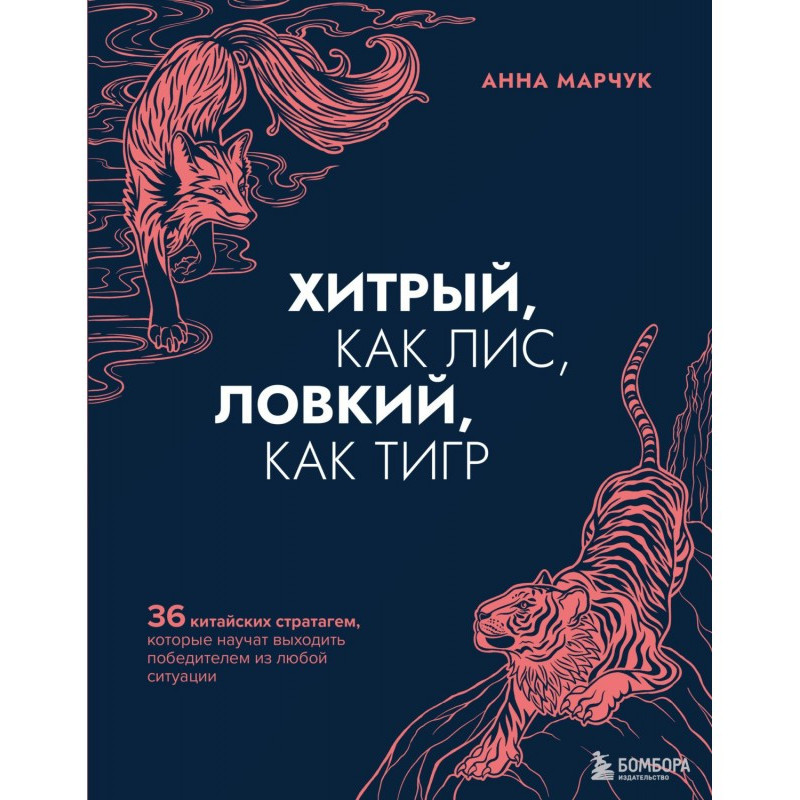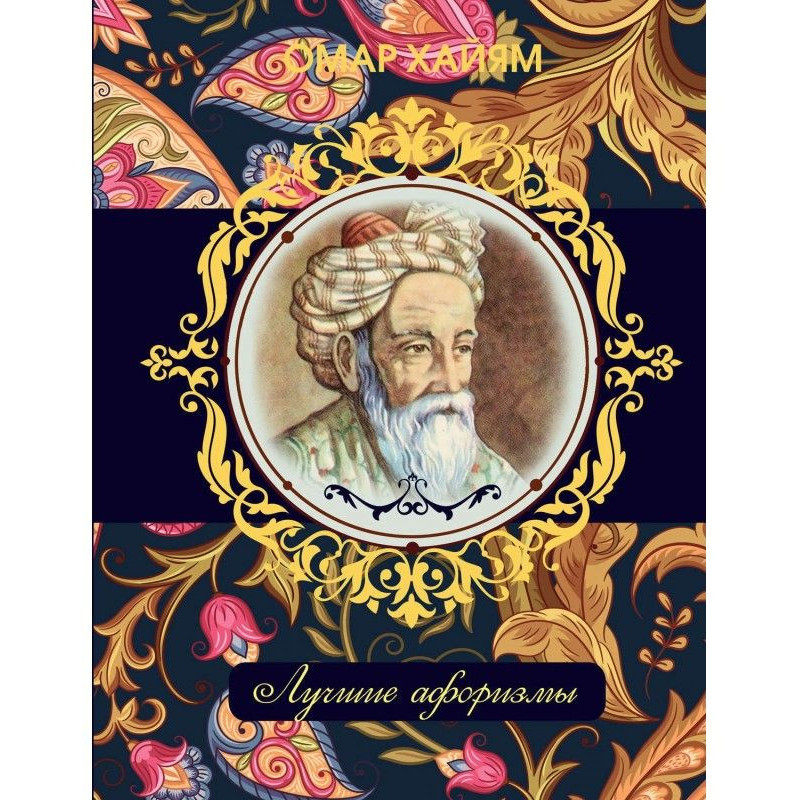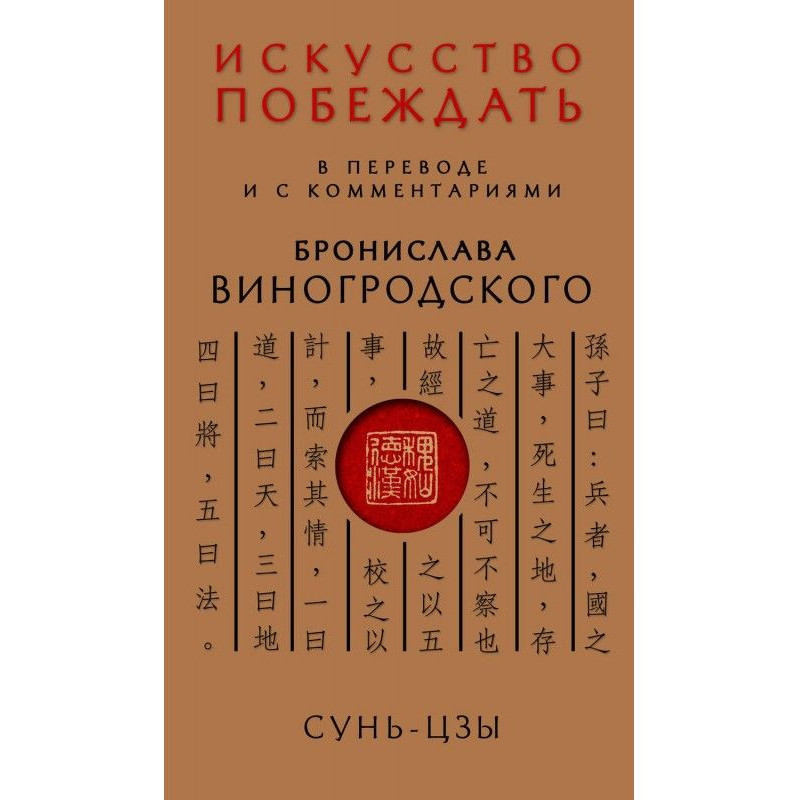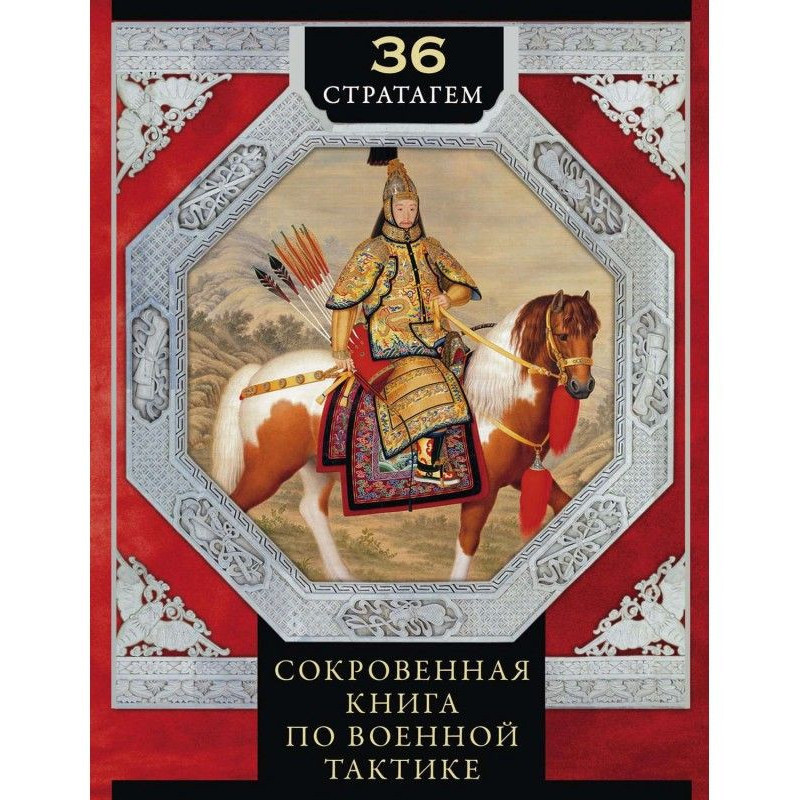Norito. Sammyo.
 Instant download
Instant download
after payment (24/7)
 Wide range of formats
Wide range of formats
(for all gadgets)
 Full book
Full book
(including for Apple and Android)
For the first time in Russian, a complete translation of two most important monuments of ancient Japanese writing is given - norito, the texts of spells and prayers in their later recording, and semma - a collection of decrees. In the preface, translator L. M. Ermakov examines in detail the meaning of norito and semme in Japanese culture, the mythological structure of monuments, pointing out the features of their poetics in comparison with the Chinese model of the universe. However, strictly speaking, none of these collections is a separate work of the early period Japanese written culture: prayer books, with a few exceptions, are included in one of the fifty sections in the Engi Procedural Code: (Engisiki, 905-927), while decrees related to the rule of various rulers of ancient Japan are scattered throughout the scrolls of the historical chronicle "Continuation records about Japan" ("Shoku-nihongi", 797).
CONTENTS: Ritual texts in the sociocosmic system of ancient Yamato. Study 10NORITO. TranslationHarvest-Asking Festival (Toshigoi no Matsuri) 91Kasuga Festival (Kasuga- no matsuri) 95Ooimi Festival in Hirose (Hirose no ooimi no matsuri) 96Festival of the wind gods Tatsuta (Tatsuta no kaze no kami no matsuri) 9811[].-!Hirano festival (Hirano no matsuri) 101Kudo, Furuseki 102Monthly [festival] of the month of Minazuki (Minazuki no tsukinami) (The festival of Shiwasu follows the same) 103Good wishes for the great palace (Ooto no hokai) 107Festival of the sacred gates (Mikado no matsuri) 109Great expulsion [of sins] on the last day of the month of Minazuki (Mipazuki no tsugomori no ooharae) 110 Spell when offering swords of the Yamato family no fumi no imikibe (the same should clan Kafuchi no fumibe) (Yamato no fumi no imikibe no tachi-o tatematsuru toki no zu) 113Feast of the pacification of fire (Hoshizume no matsuri) 113Feast of feasts on the roads (Michiae no matsuri) 115Great festival of eating the first harvest ( Oonie no matsuri) 116 Festival of pacification of the soul in the shrine (Mitama-o iwaido-ni shizumuru matsuri) 117 Great temples of the gods of Ise 119 Monthly festivals asking for the new harvest of the month of Kisaragi, as well as the months of Minazuki and Shiwasu (Kisaragi no Toshigoi, Minazuki Shiwasu no Tsukinami- no Matsuri) 119Toyouke Temple (Toyouke no Miya) 119Festival of the clothes of the gods of the month of Uzuki (Uzuki no Miso no Matsuri) 120Monthly festival of the month of Minazuki (Minazuki no Tsukinami no Matsuri). In the month of Shiwas, follow the same 120Festival of the first offerings to the gods in the month of Nagatsuki (Nagatsuki no kamunie no matsuri) 121The same festival in the Toyouke temple (Toyouke no miya-io onaji matsuri) 122The same festival of offerings to the gods (Onaji kamunie no matsuri) 122At the introduction of the dedicated priestess-princess (Itsuki no himemiko-o matsuriiruru toki) 123Prayer at the transfer of the temple Great Goddess (Ookami no miya no utsushimatsuru norito). (Toyouke Temple follows the same) 124 Expulsion of gods who bring destruction (Tatarigami no utsushiyaru) 124 Presentation of gifts when sending an ambassador to Morokoshi (Morokoshi-ni tsukai-o tsukawasu toki mitegura-o tatematsuru) 126 Goodwill [of the gods from] the governor of the land of Izumo (Izumo- but kuni no Miyatsuko no Yogoto) 127Words on the holiday of exorcism of demons of epidemics (Ha no Matsuri no Kotoba) 130Goodwill of Nakatomi (Nakatomi-io Yogoto) 131SEMMYO. Translation[No. 1. Decree upon the accession of Emperor Mommu to the throne] 137[No. 2. Decree when vesting the fiefdom of Fujiwara no Fuhito] 138[No. 3. Decree on the accession of Empress Genmyo] 139[No. 4. Decree when changing the motto of the reign to Wado] 141[No. 5. Decree on the transfer of the throne from Empress Gensho to Emperor Shomu] 142 [No. 6. Decree on changing the motto of the reign of Tempyo] 145 [No. 7. Decree on the appointment of Lady Fujiwara as empress consort] 147 [No. 8. Decree on granting favors] 148 [No. 9. Decree on the performance of the goseti dance by the crown princess before the empress ] 148 [No. 10 Decree of the Empress when the crown princess performed the goseti dance and the songs she composed] 149 [No. 11. Decree on reward for faithful service] 150 [No. 12. Decree on the appearance of gold, announced before Rusana Buddha] 150 [No. 13 . Decree announced on the occasion of the acquisition of gold] 151 [No. 14. Decree announced upon the accession of the empress to the throne Koken] 156[No. 15. Decree conferring the rank of the great god Oohata] 157[No. 16. Decree announced to all princes and all nobles] 158[No. 17. Decree announced by the crown princess before a group of courtiers] 158[No. 18. Decree announced before Prince Shioyaki and others] 159|No. 19. Decree on the pardon of people who have committed grave sins] 159[No. 20. Decree on the occasion of the pardon of Prince Shioyaki] 160[No. 21. Decree addressed to the Hada family] 160[No. 22. Decree on military service] 161f No. 23. Decree on the abdication of the throne of Empress Koken] 161 [No. 24. Decree on the accession of Emperor Junnii] 162 [No. 25. Decree on conferring titles on the prince Toneri and the emperor’s relatives] 163 [No. 26. Decree on the appointment of Fujiwara no Nakamaro to the post of Grand Chancellor] 166 [No. 27. Decree on the acquisition of power by the empress in abdication] 166[No. 28. Decree on the exposure of Fujiwara no Nakamaro] 167[No. 29. Decree on the removal of Emperor Juiyin] 168[No. 30. Decree on the exile of Princes Fune and Ikeda] 169[No. 31. Decree on unauthorized thoughts regarding the succession to the throne] 169[No. 32. Decree on rewarding for faithful service] 170[No. 33. Decree warning courtiers who are thinking about the return of the emperor] 170[No. 34. Decree on the punishment of Prince Wake] 171[No. 35. Decree on the dismissal of Ahata-io Mitimaro . Decree on relatives] 173[No. 40. Decree on the appointment of Fujiwara no Nagate as the right minister] 173[No. 41. Decree on the appointment of Dokyo as the King of the Law and the discovery of the relics of Buddha in the temple Sumidera] 173[No. 42. Decree on changing the motto of the government to Jingo-Keiun] 175[No. 43. Decree on the exile of Princess Fuwa and others] 177[No. 44. Decree on the condemnation of Kiyomaro and his sister Hokui] 178[No. 45. Decree on the granting of belts] 179[No. 46. Decree on the payment of drinks and gifts at the Niiname festival] 182[No. 47. Decree on the appointment of Prince Shirakabe as crown prince] 183[No. 48. Decree on the enthronement of Emperor Konin] 183[No. 49. Decree on the assignment of ranks] 185[No. 50, Decree appointing Osabe as crown prince] 185[No. 51. Decree on the occasion of the death of Fujiwara no Nagate] 186[No. 52. Decree appointing Fujiwara no Nagate as great minister] 187[No. 53 , Decree on the punishment of the conspirators] 187|No. 54. Decree on the removal of Prince Osabe] 188[No. 55. Decree on the appointment of Prince Yamabe as crown prince] 189[No. 56. Decree on the presentation of swords to ambassadors to the country Morokosi] 189|No. 57. Decree announced on the occasion of the arrival of ambassadors from Bokkai] 190[No. 58. Decree announced on the occasion of the death of Princess Noto] 190[No. 59. Decree on the abdication of Emperor Konin] 191[No. 60. Decree on appointment Prince Sawara as crown prince] 192[No. 61. Decree at the accession of Emperor Kammu to the throne] 192[No. 62. Decree pardoning Ki-no Kosami and others] 194 Appendix 195|Decree on making a vow to the temple in Asuka] 195[Decree proclaimed at the appearance of miraculous signs] 195Commentary 197Literature Cited 289Index 293Summary 296
Data sheet
- Name of the Author
- Автор Неизвестен Древневосточная литература --
- Language
- Russian
- Translator
- Людмила Михайловна Ермакова
Reviews
Важливий внесок у розуміння японської культури
Книга "Норіто. Семме" є безсумнівно важливим внеском у вивчення давньояпонської писемності та культури. Переклад двох основних пам'яток, норито та семме, відкриває читачеві нові горизонти розуміння японської міфології, ритуалів та соціокосмічної системи стародавнього Ямато. Л. М. Єрмаков у передмові надає глибокий аналіз значення цих текстів, що робить книгу не лише перекладом, а й науковим дослідженням. Читання цих текстів дозволяє зануритися в атмосферу стародавнього Японії, відчути ритми її релігійних практик та зрозуміти, як вони вплинули на сучасну культуру. Рекомендую цю книгу всім, хто цікавиться японською історією, культурою та релігією, адже вона відкриває нові перспективи для дослідження.

